How To Grow Native Whorled Milkweed In The Garden
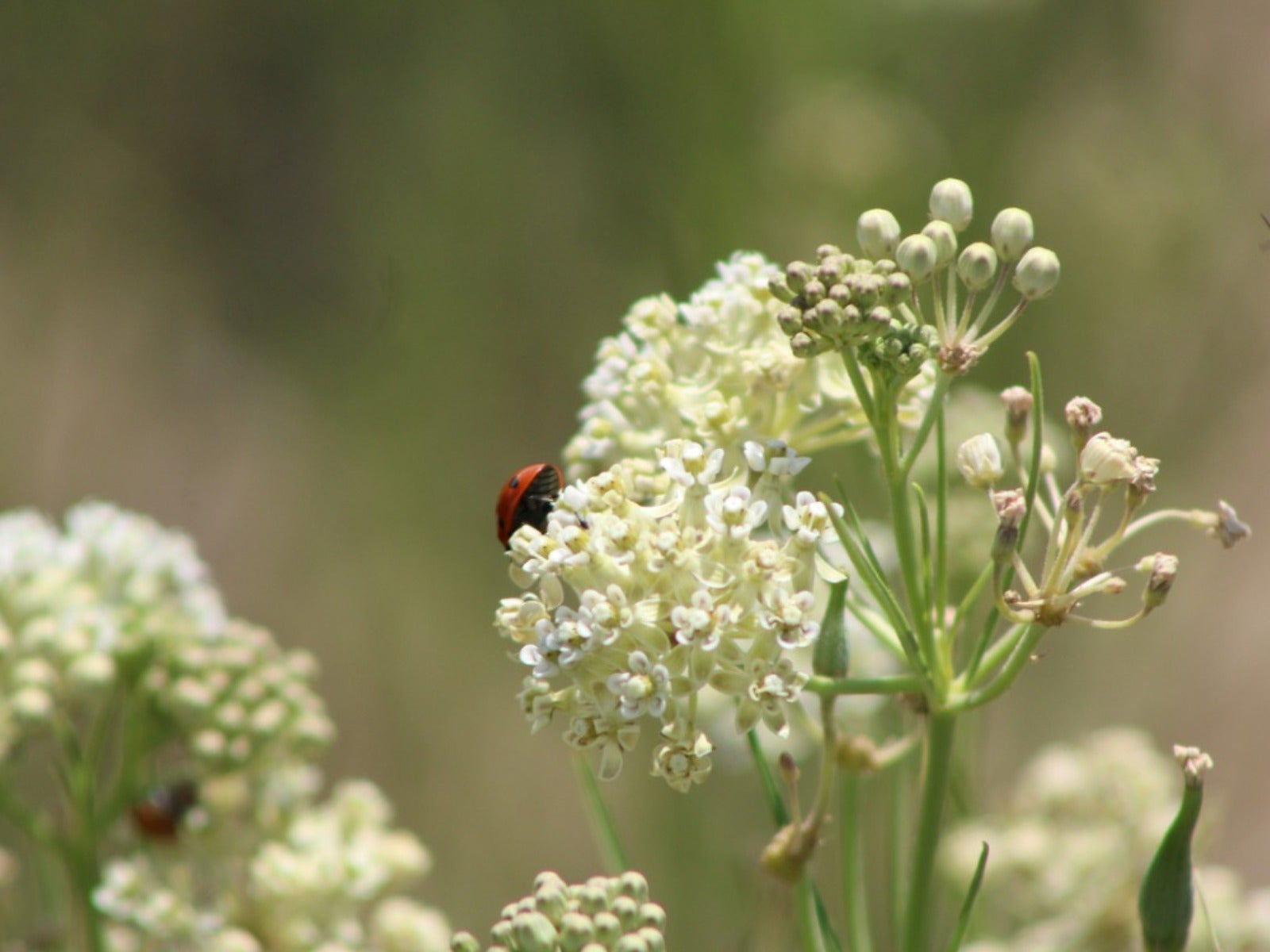

Whorled milkweed is one of the important species for endangered but beloved monarch butterflies, but it also attracts all kinds of pollinators. It is native to most of the U.S. and a great choice for native beds, meadows, and naturalized areas. As a native species, this milkweed is easy to grow and maintain.
About Whorled Milkweed
Whorled milkweed (Asclepias verticillata) is a perennial wildflower that grows to one to two feet (30 to 60 cm) tall on a single, unbranched stem. Whorled milkweed leaves give the plant its common and specific name. The narrow, needle-like leaves are arranged in whorls around the stem. Each whorl contains three to six leaves.
Whorled milkweed flowers are small, greenish white and multiple. They grow in clusters of 20 or more on terminal axils. The flowers bloom all summer, from June through September. They attract bees and butterflies and have a pleasant smell.
Like other varieties of milkweed, this species produces a milky sap. It is among the more toxic of milkweeds to both humans and animals. For this reason, it is often considered a weed in pasture areas. Care should be taken with children and pets.
The whorled milkweed native range is extensive and includes Saskatchewan, Manitoba, and Ontario, extending through most of the eastern and central U.S. states. The range extends to most of Florida and Arizona in the southwest and Montana and Wyoming in the west.
How to Use Whorled Milkweed
This is a great choice for anyone interested in planting more native species. Whorled milkweed is a popular food source for pollinators. It is also a host species for monarch butterflies. Monarchs need milkweeds to lay their eggs. The caterpillars hatch and feed on the leaves.
Use whorled milkweed in native gardens and beds, pollinator gardens, meadows and prairie gardens, and in naturalized areas. In its native range, it grows readily in dry prairies, glades, open woods, pastures, and along roadsides.
Gardening tips, videos, info and more delivered right to your inbox!
Sign up for the Gardening Know How newsletter today and receive a free copy of our e-book "How to Grow Delicious Tomatoes".
Growing Conditions for Whorled Milkweed
Whorled milkweed is easy to grow because it will tolerate a variety of conditions. The ideal setting is full sun with dry to moist, well-drained, sandy loam soil, but this milkweed will be fine in nearly any soil type and tolerates drought as well as richer, moist garden soils. It will also tolerate some shade but might not flower as well without full sun.
Propagation
Whorled milkweed seeds develop in narrow pods that are about 3 inches (7.6 cm) long. When they burst, they distribute silky-topped seeds by wind. It also propagates through spreading rhizomes. If you leave them alone, this milkweed will propagate itself without taking over areas or crowding out other plants.
Milkweeds do not transplant well, so it’s best to propagate by seed. You can easily find seeds available online. If you want to move some of the plants in your garden or share with others, pull up small whorled milkweed seedlings. Larger plants will not transfer well.
Caring for Whorled Milkweed
One of the best things about native perennials and wildflowers is that they are largely hands-off. Once you get milkweed established in an area it likes, you don’t have to do anything. This species will even survive drought, but you can water it when conditions get very dry.
If you don’t want the milkweed to spread or propagate too much, remove the seed pods before they have a chance to burst and disperse. When dried, the pods make nice additions to flower arrangements.
Whorled milkweed is an easy, low-maintenance choice for native and pollinator gardening. Just be aware of the toxicity of the sap if you have children or pets that will be in the garden.

Mary Ellen Ellis has been gardening for over 20 years. With degrees in Chemistry and Biology, Mary Ellen's specialties are flowers, native plants, and herbs.
-
 Try The Trend – Turn Any Bed Into A Keyhole Garden With This Clever In-Ground Composter
Try The Trend – Turn Any Bed Into A Keyhole Garden With This Clever In-Ground ComposterKeyhole gardening is an efficient and sustainable practice that saves space. Get started on this DIY project quickly and easily with an in-ground composter.
By Bonnie L. Grant
-
 4 Superfast Composting Methods: Turn Waste Into Garden Gold In 30 Days Or Less
4 Superfast Composting Methods: Turn Waste Into Garden Gold In 30 Days Or LessTry the fastest composting methods to turbocharge your pile and transform kitchen scraps and garden waste into finished compost in just a few weeks.
By Mary Ellen Ellis
-
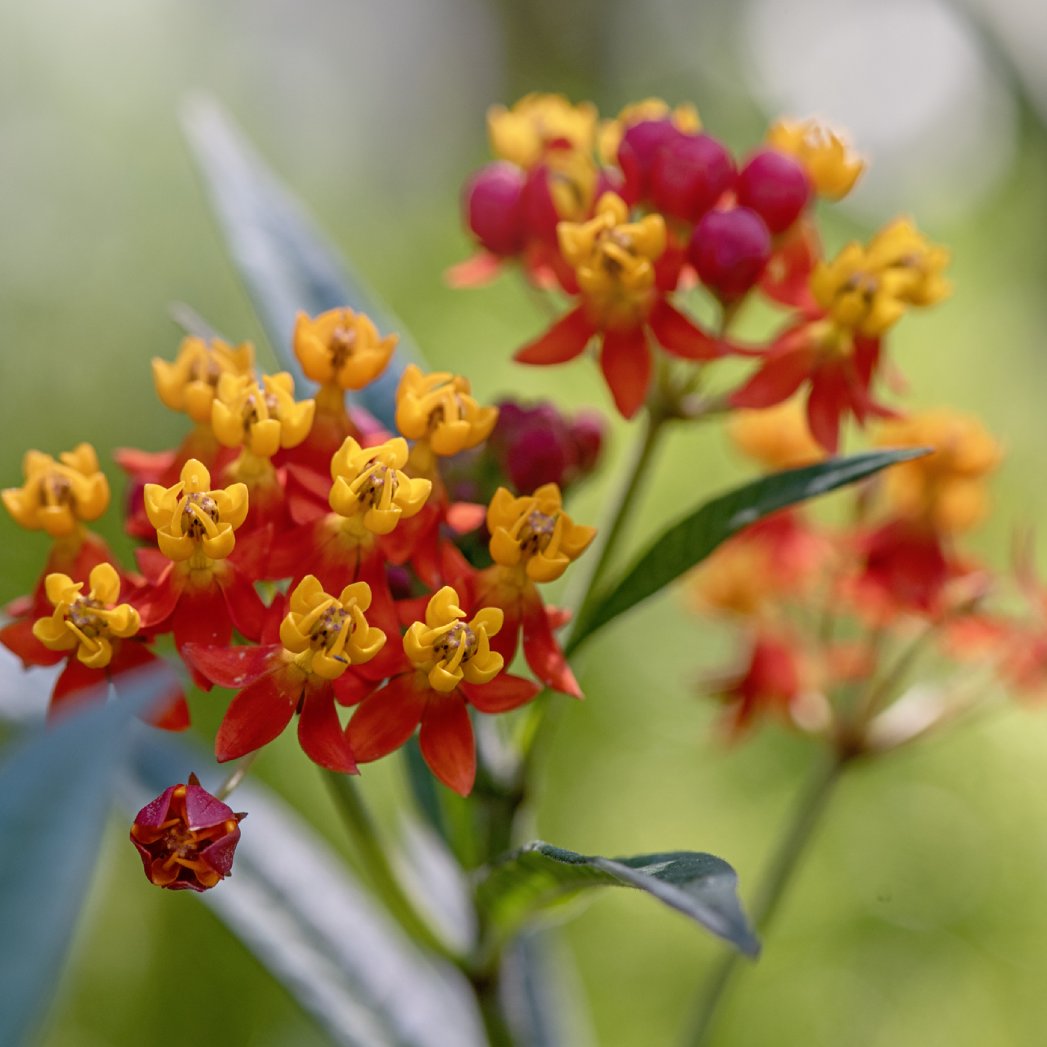 Is Tropical Milkweed Bad For Your Butterflies? What You Can Do
Is Tropical Milkweed Bad For Your Butterflies? What You Can DoTropical milkweed is a harmful plant that can trick both humans and monarch butterflies, and is contributing to declining monarch populations.
By Teo Spengler
-
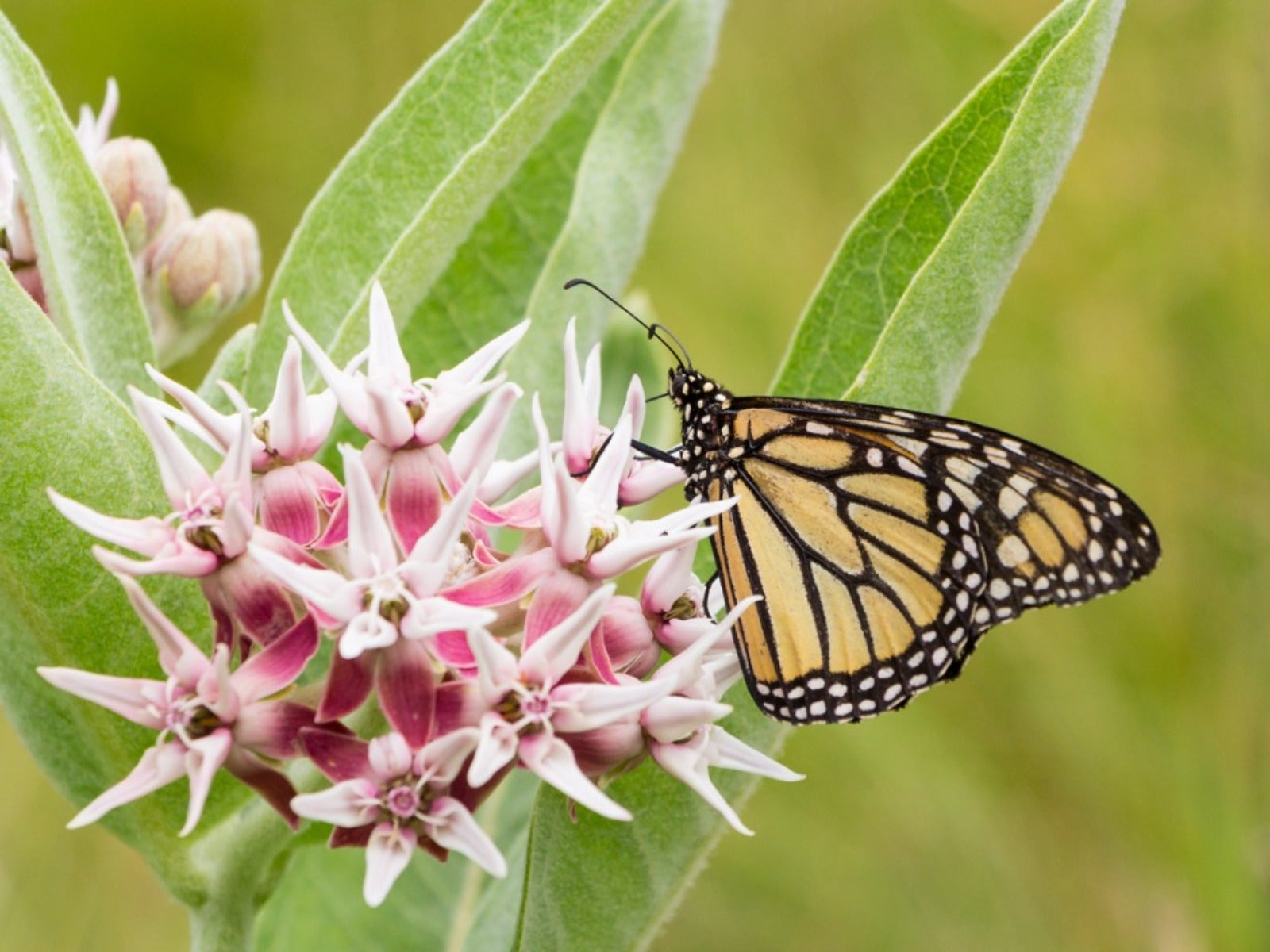 Best California Milkweed Varieties For Monarch Butterflies
Best California Milkweed Varieties For Monarch ButterfliesClick here to learn what the best milkweed varieties for California are.
By Teo Spengler
-
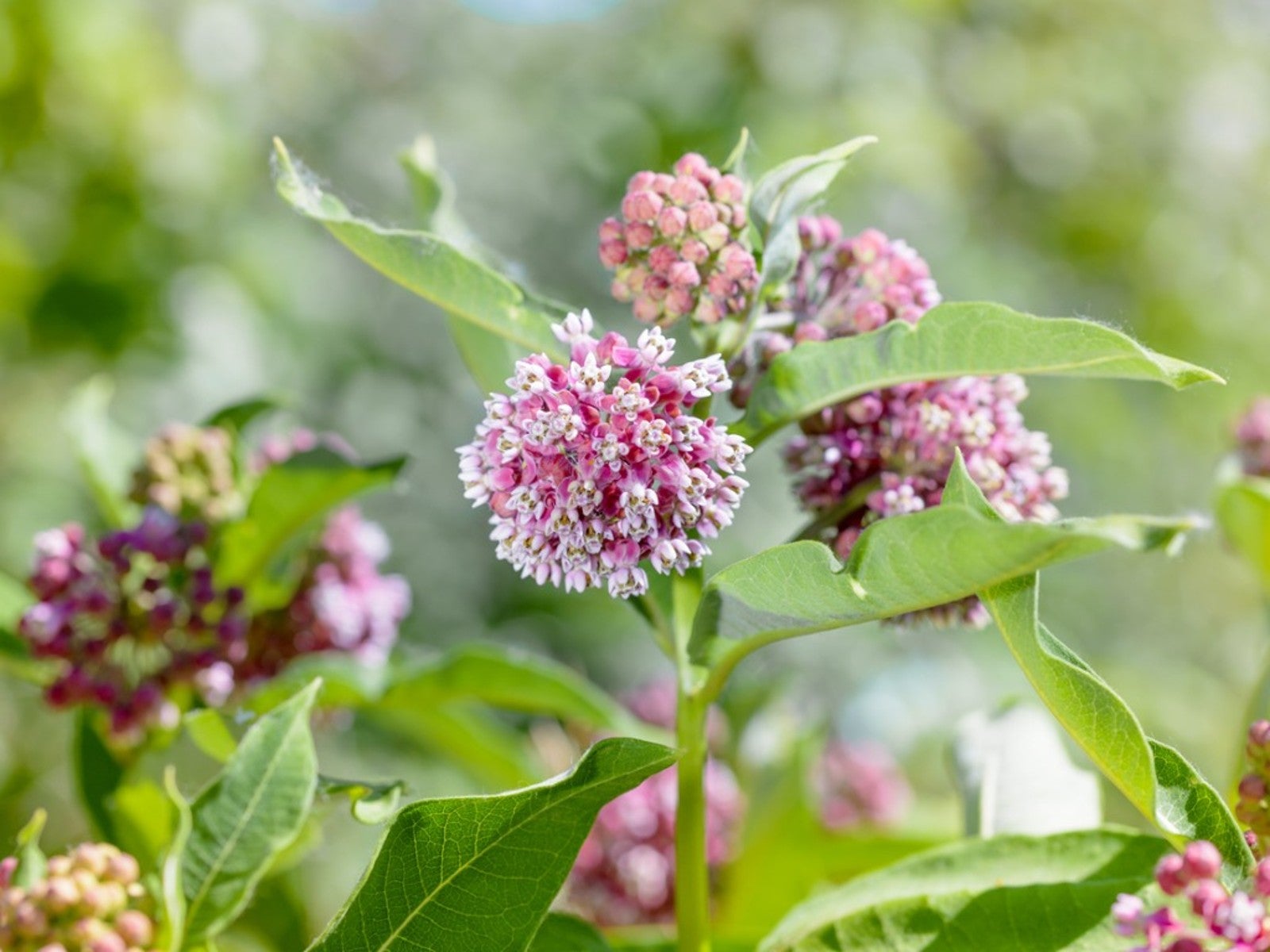 Is Milkweed Plant Poisonous To Pets, People And Livestock?
Is Milkweed Plant Poisonous To Pets, People And Livestock?Butterflies love and depend on milkweed, but the plant is toxic to other animlas. Learn about how to use it responsibly.
By Susan Albert
-
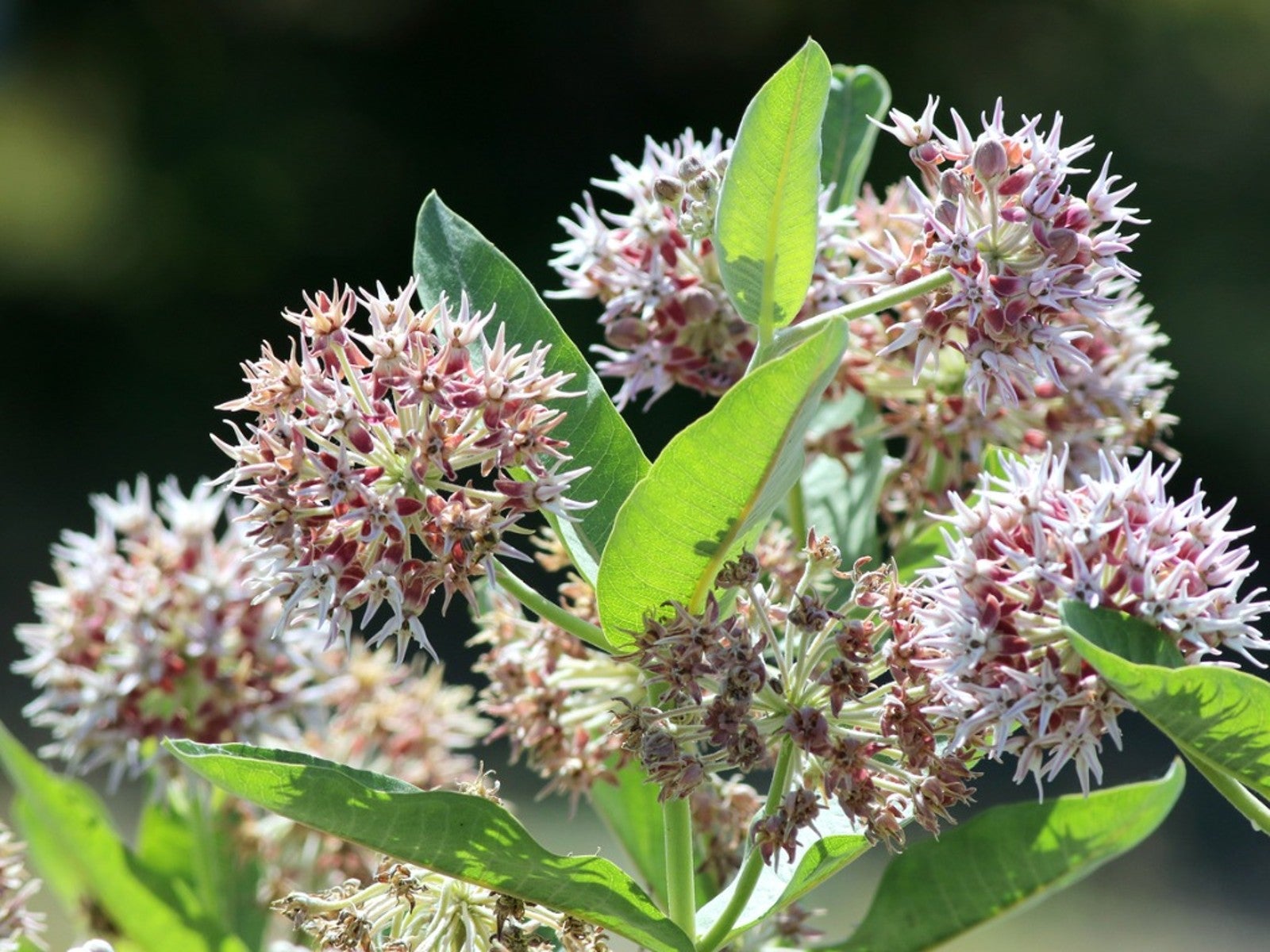 Growing Showy Milkweed From Seed Or Cuttings
Growing Showy Milkweed From Seed Or CuttingsMilkweed is a valuable addition to gardens as a magnet for butterflies and other pollinators. Plant it from seed or cuttings, but watch out for the sap.
By Tonya Barnett
-
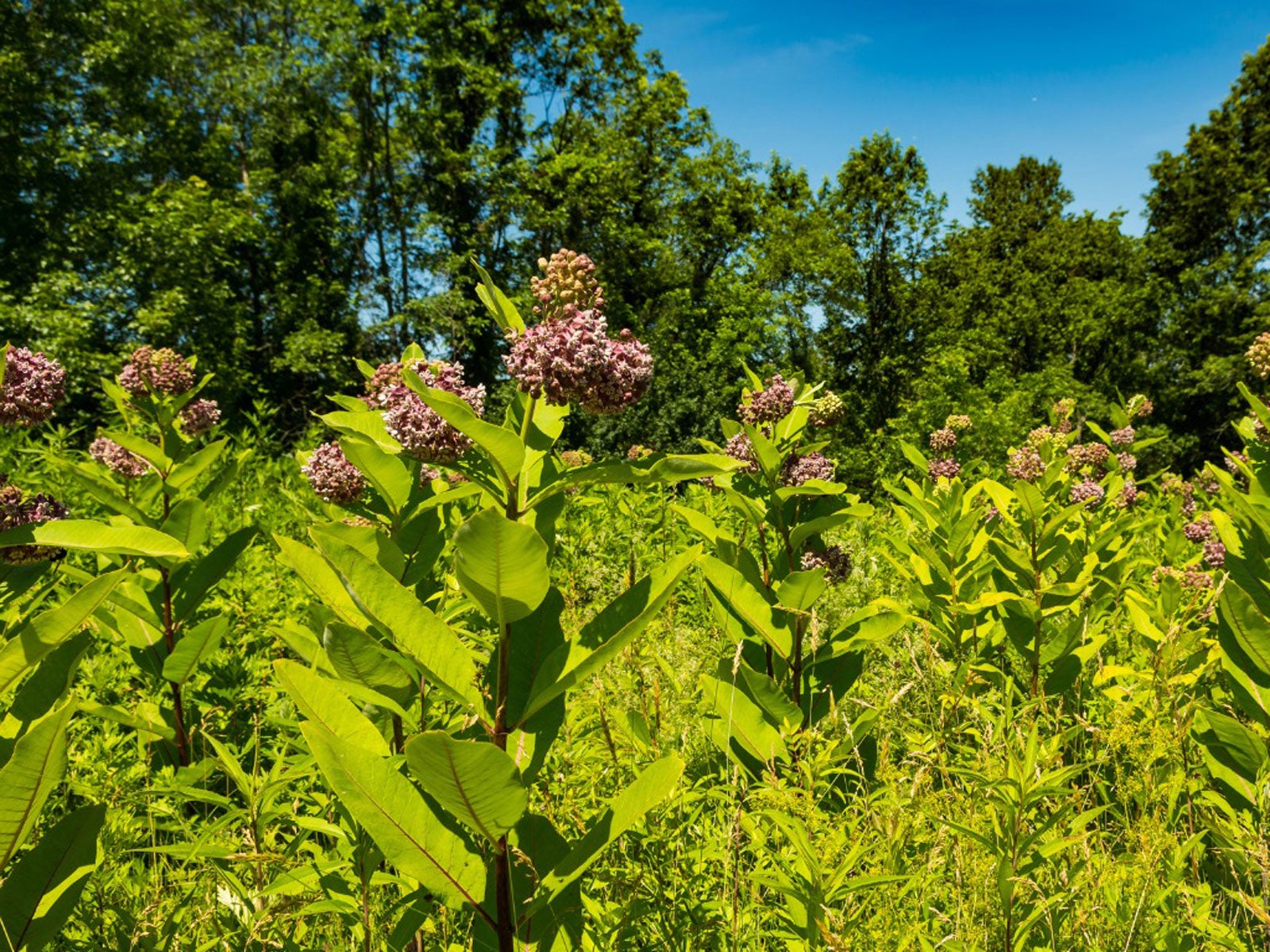 Milkweed Cutting Propagation: Learn About Rooting Milkweed Cuttings
Milkweed Cutting Propagation: Learn About Rooting Milkweed CuttingsYou may already grow milkweed if you have a butterfly garden. Starting milkweed from cuttings can increase the number of plants you have. For more information, click here.
By Laura Miller
-
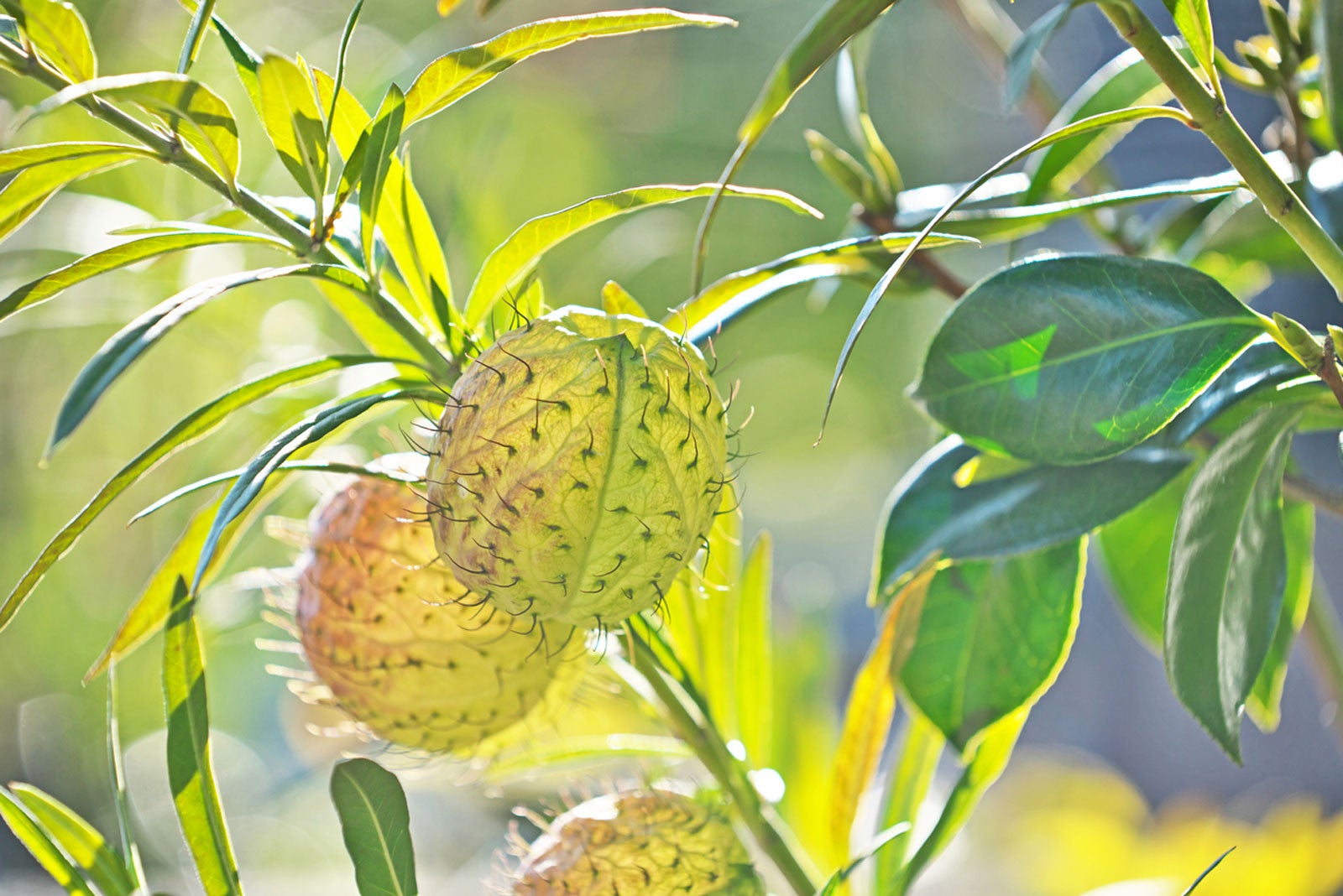 How To Grow Balloon Plants: Care Of Balloon Plants In The Garden
How To Grow Balloon Plants: Care Of Balloon Plants In The GardenLike all members of the milkweed family, the balloon plant is one of the best plants for attracting monarch butterflies. Learn more about adding the balloon plant milkweed species to your garden in this article. Click here for additional information.
By Mary H. Dyer
-
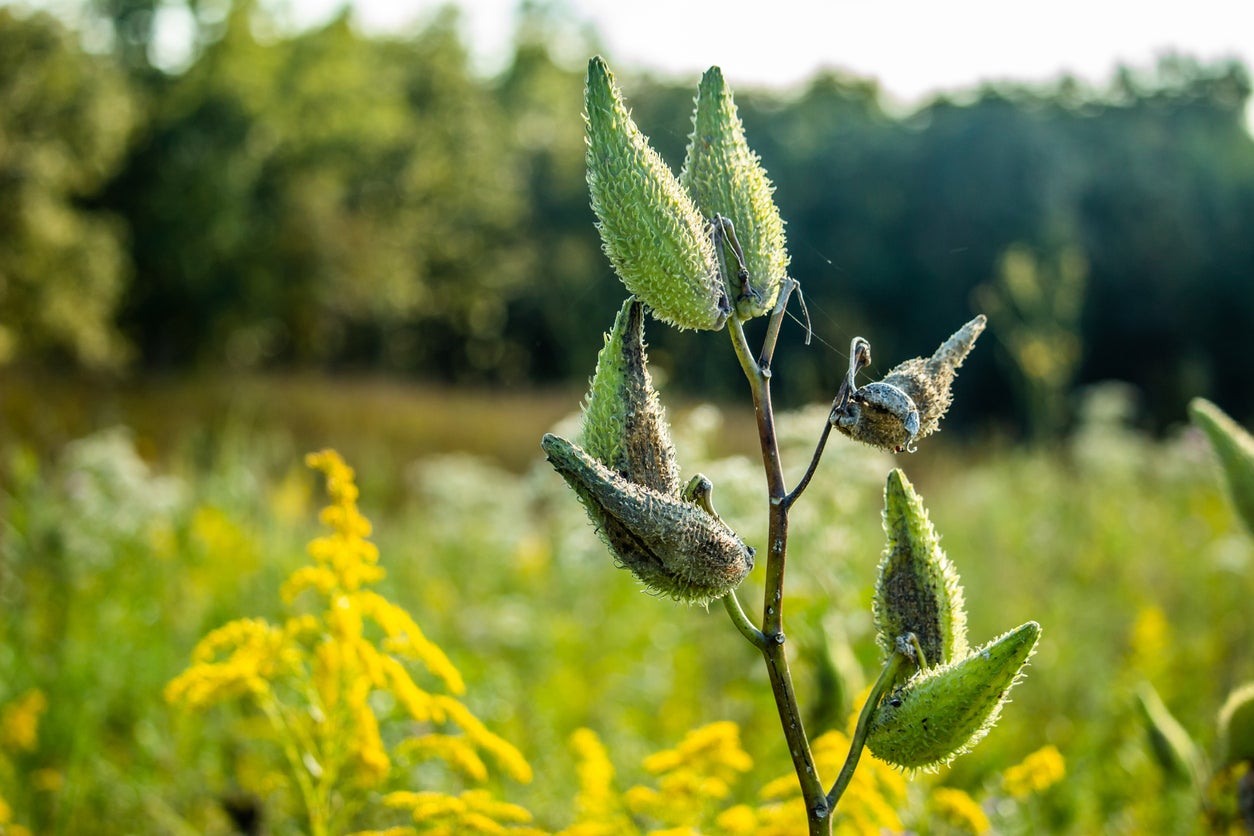 Milkweed Pruning Guide: Do I Deadhead Milkweed Plants
Milkweed Pruning Guide: Do I Deadhead Milkweed PlantsGrowing the plants will attract and feed these beautiful butterflies. But you may be asking, “should I prune milkweed.” Milkweed pruning isn’t really necessary, but deadheading milkweed can enhance appearance and encourage further flowering. Click here for more info.
By Bonnie L. Grant
-
 No Flowers On Milkweed – Reasons For Milkweed Not Blooming
No Flowers On Milkweed – Reasons For Milkweed Not BloomingThe sweet nectar of milkweed blooms attracts a wide variety of butterflies, bees, moths and hummingbirds. However, your dream of a garden filled with beautiful winged creatures can quickly become crushed if your milkweed won’t flower. Learn why this happens here.
By Darcy Larum